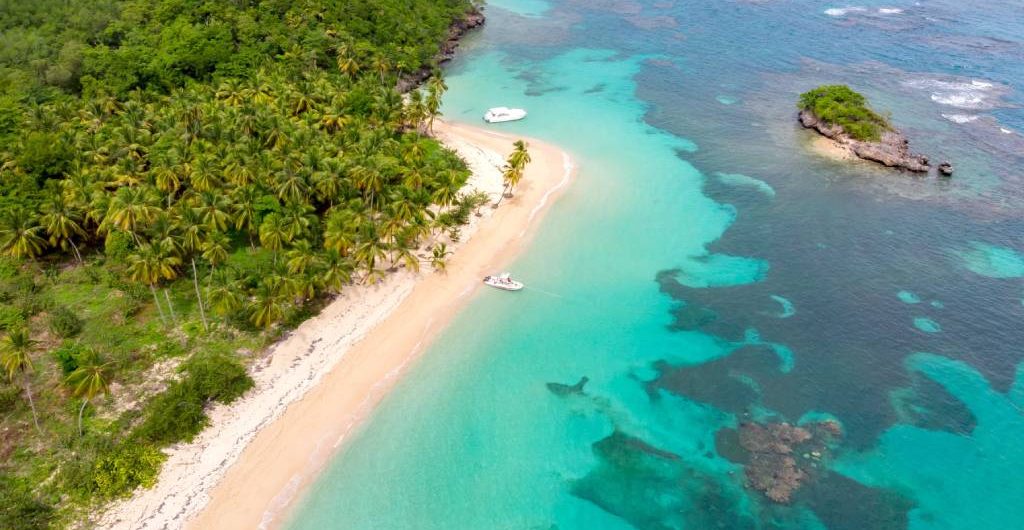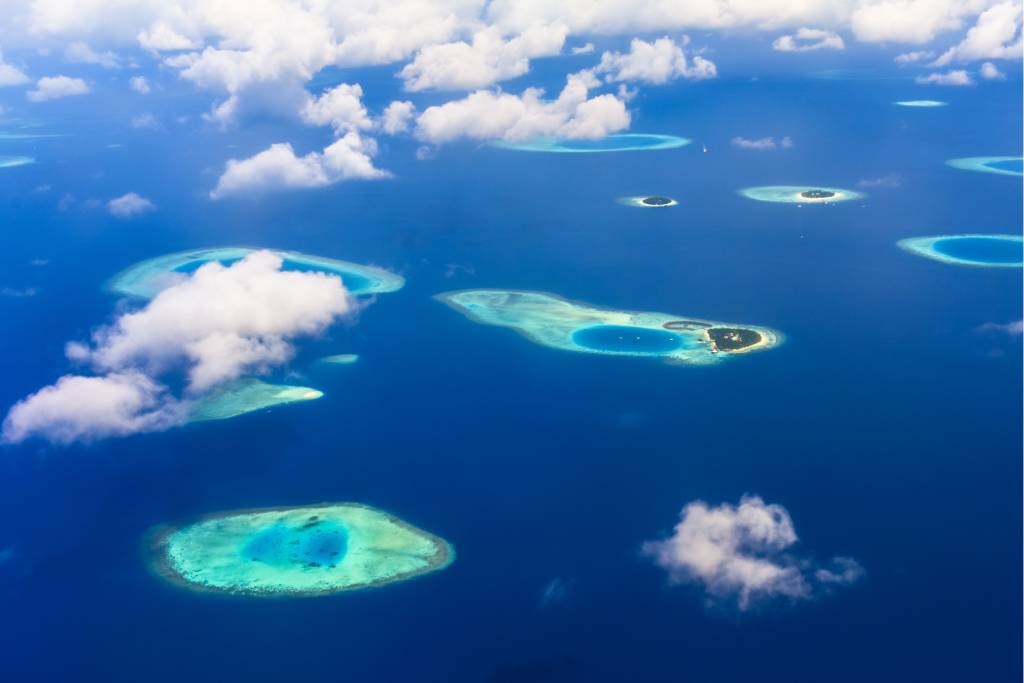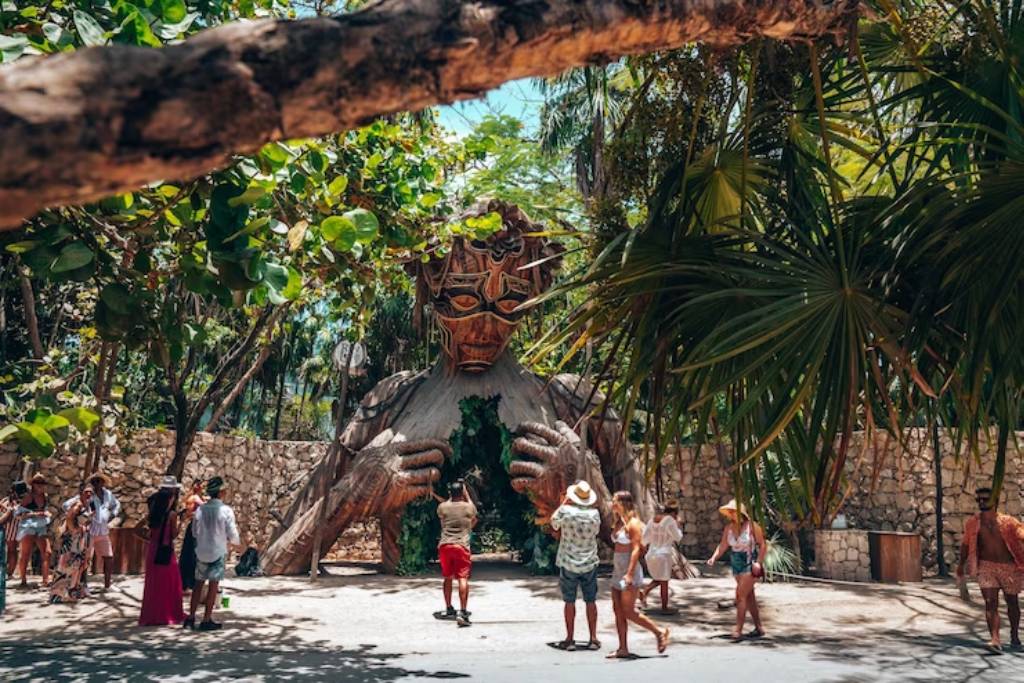
The Caribbean Islands, often simply referred to as the Caribbean, is a captivating and culturally diverse region situated in the western part of the North Atlantic Ocean. Comprising numerous islands and archipelagos, the Caribbean is renowned for its stunning natural beauty, rich history, and vibrant culture. This introduction provides an overview of the region, its geographical location, and its historical significance as a crossroads of exploration, colonization, and cultural exchange.
Geography and Geology

Caribbean Archipelago
The Caribbean Archipelago is an expansive network of islands, islets, and cays that stretches from the southeastern United States down to the northern coast of South America. The region is divided into two main groups: the Lesser Antilles and the Greater Antilles. The Lesser Antilles consist of smaller islands in the eastern Caribbean, while the Greater Antilles encompass larger islands in the western part, including Cuba, Jamaica, Hispaniola (shared by the Dominican Republic and Haiti), and Puerto Rico.
Climate and Weather
The Caribbean boasts a tropical climate, characterized by warm temperatures year-round. However, it is also susceptible to the Atlantic hurricane season, which typically runs from June to November. Hurricanes can have a devastating impact on the islands, making preparedness and resilience crucial aspects of life in the Caribbean.
History and Culture

Indigenous Peoples
Before European colonization, the Caribbean was inhabited by indigenous peoples such as the Taíno, Arawak, and Carib. These societies had their own unique cultures, languages, and traditions, many of which have influenced the region’s modern culture.
European Colonization
European powers, including Spain, Britain, France, and the Netherlands, colonized various Caribbean islands during the Age of Exploration. These colonial powers left a lasting legacy, with each island bearing the imprint of its colonizers in terms of language, architecture, and cultural practices.
African Slavery and Impact on Culture
The transatlantic slave trade brought millions of Africans to the Caribbean, where they were subjected to forced labor on plantations. This African influence is evident in the vibrant music, dance, and cuisine of the Caribbean, with genres like reggae, calypso, and Afro-Caribbean cuisine being celebrated worldwide.
Modern Cultural Diversity
Today, the Caribbean is a melting pot of cultures, with a rich linguistic tapestry that includes English, Spanish, French, Dutch, and various Creole languages. Music, dance, and cuisine remain vibrant aspects of Caribbean culture, and annual Carnival celebrations are a testament to the region’s lively traditions.